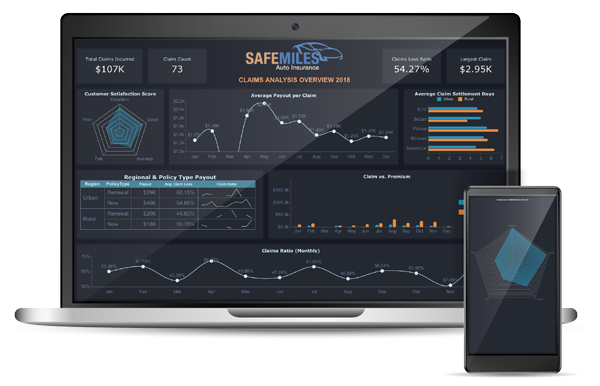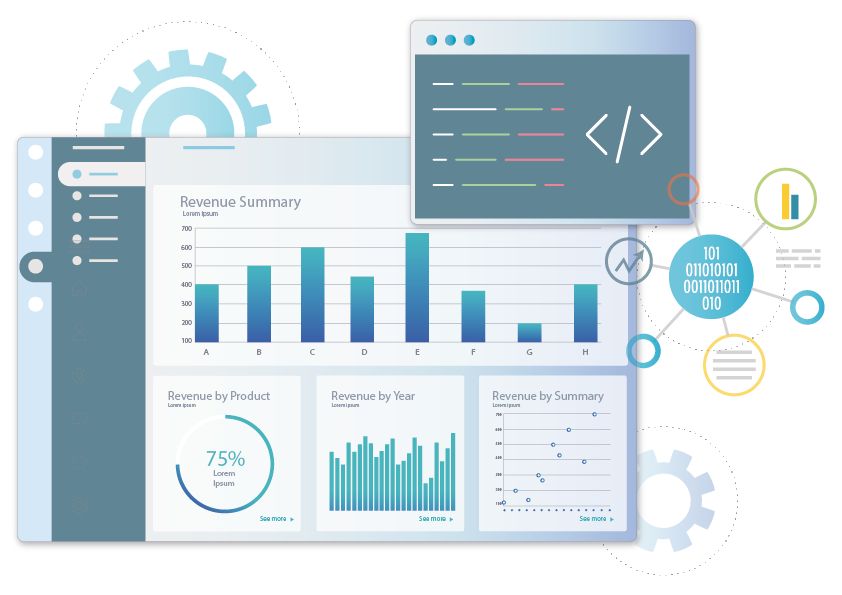Information access is a wonderful thing. And from the POV of the network administrator, it is also a terrifying one. Information is probably an organization’s most important asset – but to be used, it must be accessed and protected, simultaneously.
So, what is the role of the BI professional today? One who forges means of access alone? A curator of information who guides others to what one believes they need? Or are you rather an access enabler, bringing the power of information to those who need it, and protecting access from those who don’t?
What if no one administrator needed to be any of these things?
Challenges of Information Access
You may be surprised to learn that the greatest challenges to information access aren’t organizational or even technical.
The primary and most severe challenge of information access is lack of awareness – simply put, a user who doesn’t know information exists cannot search for it, and may never ‘happen upon’ it. Unless someone takes an active role in information distribution and signposting, key data may never be seen by those who could use it best.
The next biggest challenge of information access is probably information overexposure, or what you might call ‘data fatigue’. The sheer volume of information at our fingertips today leaves us ‘spoiled for choice’ and sometimes even paralyzed by our options. Unless someone takes on at least part of the role of data curator, the trees can be lost for the forest.
Only then do we come to the ‘traditional’ data challenges, issues like accessibility and privilege which can be overcome technically or organizationally. These won’t be addressed here, though.
Understanding Information Curation
At its core, data curation is creating, organizing and tending to data sets that are designed to be particularly useful to specific sets of users. A curator in a BI sense might spend their time collecting indexing and structuring data in such a way that it can be used to answer key questions, or give insight into particular areas.
Sometimes data curation is sidelined into the data management role, or further into the realm of data preparation. However, curation is much more than mere preparation. Data preparation is sometimes little more than ‘sanitizing the inputs’ of an analytics application.
Curation, to be truly effective, needs to be an active process. A data scientist or an information architect is more suited to the role than one who is purely trained as a database engineer. The role is much more than technical. It is selective. A curator (from the Latin curae) tends data, as a gardener tends plants. A curator makes data produce.
Self-Service Business Intelligence: Empowering Individuals
The synthesis of these is self-service BI. In a self-service business intelligence environment, the user, administrator and curator are one. They need not wait until data has been handled, structured and analyzed nor push forward with decisions before a full analysis can be made.
Any worker with sufficient access can create queries, analyses and entire BI reports themselves, without relying on anyone ‘from IT’ or ‘from BI’ to do it for them. This approach lowers the admission cost of BI analysis, making it practically applicable to a much wider range of business needs. Just take a look at a few of the things self-service BI is making possible today.
Of course, users of a self-service BI environment must be a great deal more self-sufficient than traditional users of analysis products. This trinity – or triforce for a younger generation – of self-sufficiency, consumability and usability is what makes self-service BI the great leap forward that it is.
Is your organization ready for self-service BI?
Probably more than you think it is. Consider what it can do for you, and what your traditional BI architecture might already be costing you. Contact us to learn more.






























